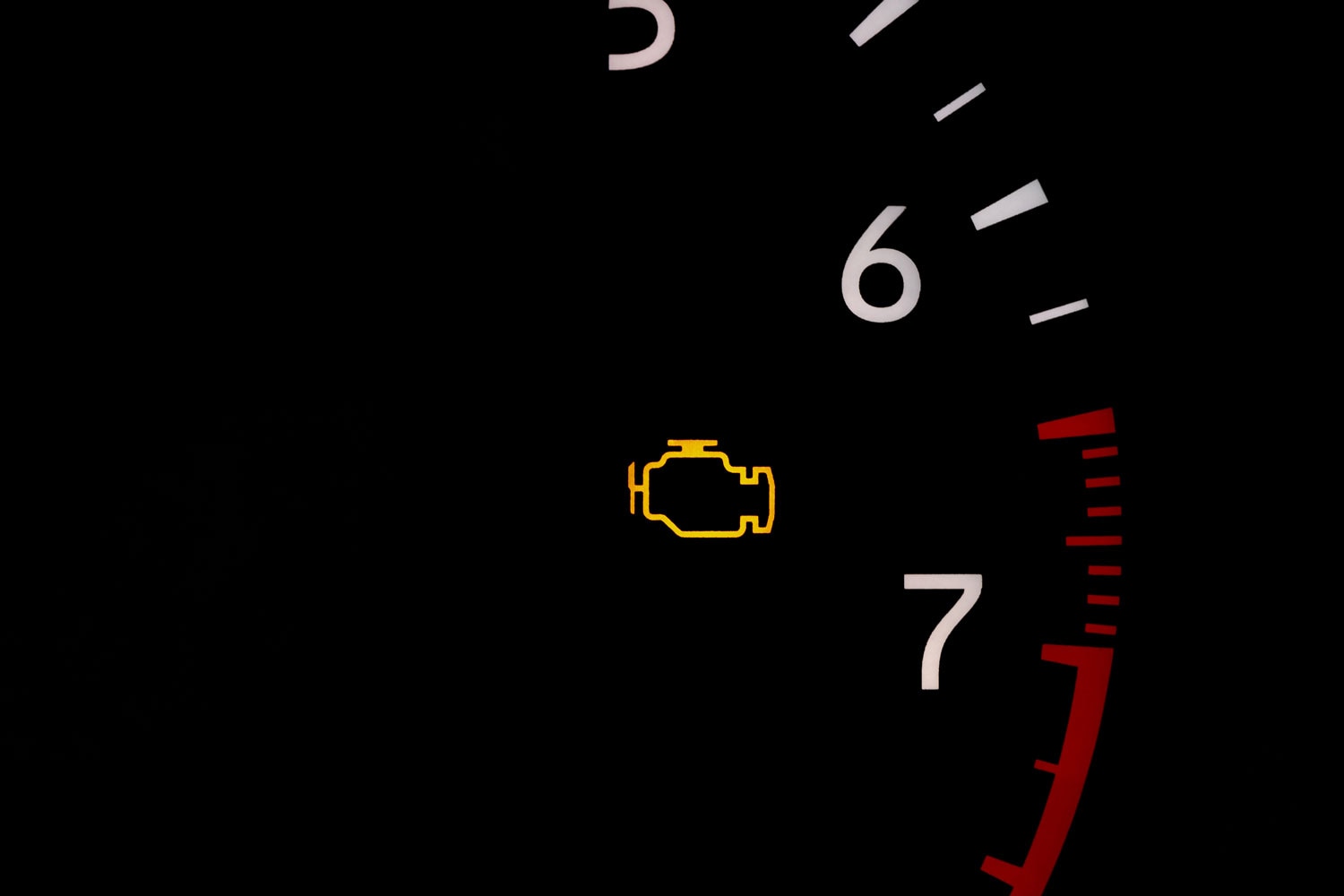PDTC: What Is a Permanent Diagnostic Code?
These emissions-specific codes take more than a scanner to erase.
 Shutterstock
Shutterstock
Modern cars and trucks are loaded with advanced electronic features that make it simple to figure out what needs fixing when something goes wrong. These include codes that can tell owners and mechanics exactly which vehicle systems aren't operating properly. Most of these codes are easily deleted once the problem is fixed, but some of them can’t be, making them more of a challenge to resolve.
Here's a look at what permanent diagnostic codes are used for and how they should be handled when they appear.
What Is OBD-II?
Since the requirement began in 1996, automakers operating in the United States have provided onboard diagnostics (OBD) on every vehicle sold. This system, which evolved from an earlier one, was named OBD-II and is still in use today.
OBD-II is built around a network of sensors that monitor every key system — from the engine to the electrical to emissions — all of which are coordinated by a computer controller. When a problem is detected, the computer stores a Diagnostic Trouble Code (DTC) that can be read by a scanner or other diagnostic tool. This code also illuminates the “Check Engine” light on the dashboard, alerting owners that the vehicle is experiencing a problem.
Why Are Some Codes Permanent?
OBD-II systems can generate various types of trouble codes. Most DTCs can be deleted using an OBD-II scanner, which is a tool used as part of the diagnostic and repair process (allowing mechanics to see if the code returns after a component is replaced, for example). It's also possible to reset a DTC by temporarily disconnecting the vehicle's 12-volt battery. Doing this shuts off power to the computer that stores the code, clearing it from its memory. Some situational trouble codes even delete themselves once the OBD system can no longer detect the problem.
Permanent DTC codes (PDTC) are a more recent development, becoming standard in 2010. These codes cannot be deleted using the methods described above, as they are tied specifically to emissions control systems that must work properly for a vehicle to pass state emissions testing.
How to Clear Permanent DTC Codes
PDTCs are designed to remain in a vehicle's electronic memory until the associated problem is repaired. Instead of being cleared by a scanner or diagnostic device, they rely on the OBD system to confirm that the emissions problem that triggered the code is no longer present.
This process plays out over something called a "confirmed fault-free monitoring cycle." Once a repair is complete, the car or truck must drive at speeds of 25 mph or more for at least five minutes, idle for more than 30 seconds, and have its engine operational for a full 10 minutes. This needs to happen three times in a row without re-triggering the code before the computer accepts that the problem is resolved. The PDTC is then deleted from memory.
Written by humans.
Edited by humans.
 Benjamin Hunting
Benjamin HuntingBenjamin Hunting is a writer and podcast host who contributes to a number of newspapers, automotive magazines, and online publications. More than a decade into his career, he enjoys keeping the shiny side up during track days and always has one too many classic vehicle projects partially disassembled in his garage at any given time. Remember, if it's not leaking, it's probably empty.
Related articles
View more related articles